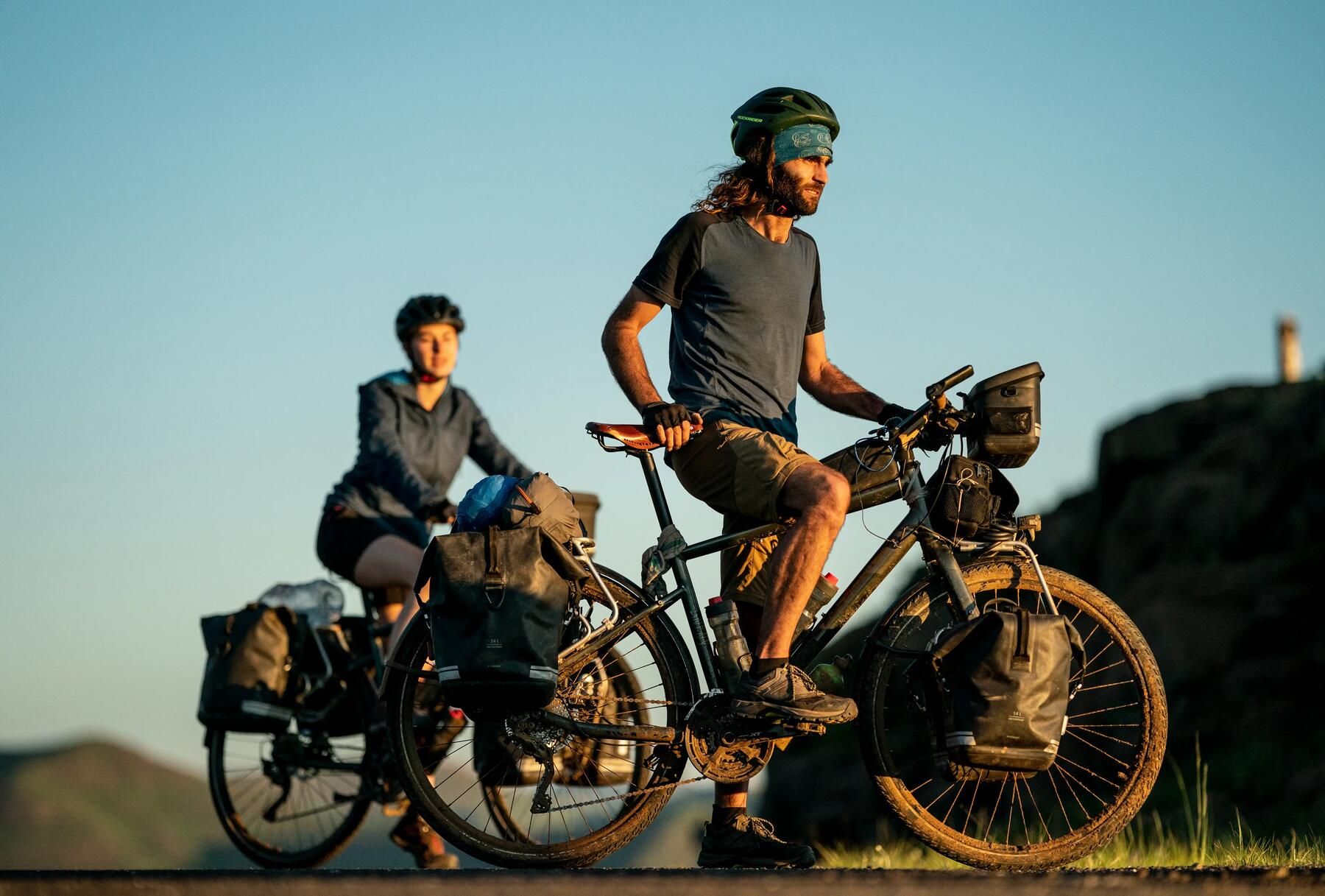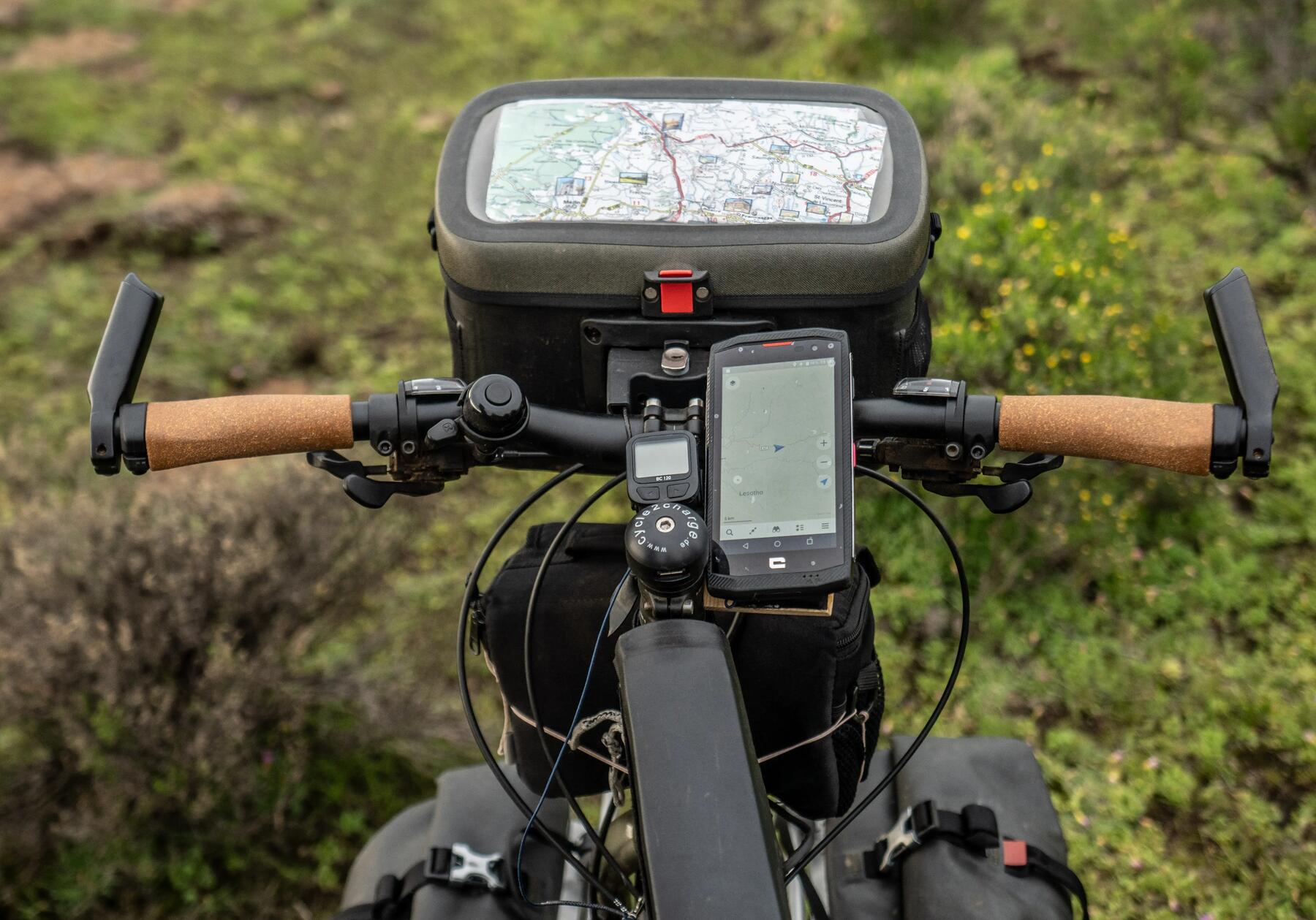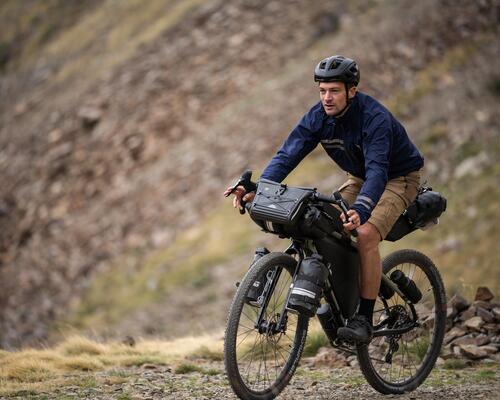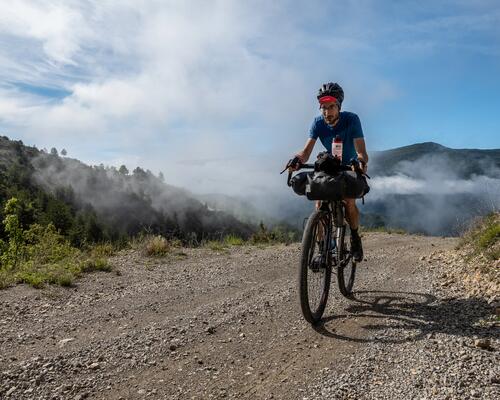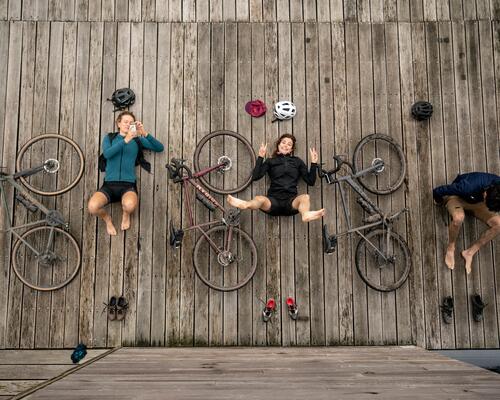1. Analyse your route
You won't need the same equipment for a weekend ride along the banks of the Loire as you would for a solo expedition across the remote mountains of Kyrgyzstan. If you're going to make the right equipment and baggage choices, you'll need to know where you're going to be riding. The remoteness of the location, the weather conditions, the elevation gain and the type of surface you're riding on will all affect what you take with you. Is it worth making extra efforts to pack light if you'll be tackling steep hills or poor-quality surfaces? Should you take your cold-weather kit, just in case? Will you be able to regularly replenish your food and drink supplies en route? These are the types of question you'll have to answer. Before you even think about packing your bags, read up on your destination and get to know the map of the local area in intimate detail.Route-planning apps will prove invaluable in deciding on the best way to go.
Here, we explain how to plan a route:




